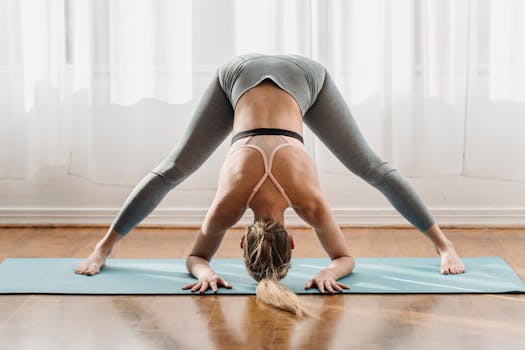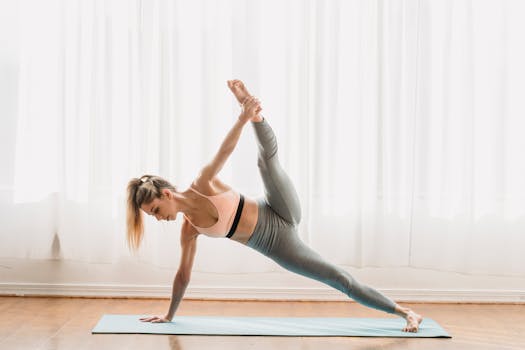
The Role of Breathwork in Yoga: Techniques for Better Practice
Takeaways: Breathwork, or pranayama, is essential in yoga practice, enhancing physical performance, mental clarity, and emotional stability. Techniques such as diaphragmatic breathing and alternate nostril breathing can deepen your experience and connection in yoga.
Breathwork is an integral part of yoga that often goes unnoticed by practitioners. While poses (asanas) are celebrated for their physical benefits, it is the breath that connects the mind, body, and spirit. This post explores the importance of breathwork in yoga, various techniques to improve your practice, and the holistic benefits it brings to your overall well-being.
Understanding Breathwork in Yoga

Breathwork plays a vital role in various aspects of yoga:
- Increases oxygen flow: Proper breathwork ensures that your body receives an adequate supply of oxygen, which is crucial for energy production and overall health.
- Enhances focus: Controlled breathing techniques help to quiet the mind, allowing you to concentrate better during yoga sessions.
- Promotes relaxation: Breathwork activates the parasympathetic nervous system, which calms the body and helps reduce stress.
- Improves posture: Learning to breathe correctly can lead to better alignment and posture during yoga poses.
- Deepens meditation: Integrating breathwork into meditation enhances the experience, guiding practitioners into deeper states of awareness.
Key Breathwork Techniques for Improved Yoga Practice

1. Diaphragmatic Breathing
Diaphragmatic breathing, or belly breathing, is a foundational technique that involves engaging the diaphragm fully. Here’s how to practice it:
- Find a comfortable seated or lying position.
- Place one hand on your chest and the other on your abdomen.
- Inhale deeply through your nose, allowing your belly to rise while keeping your chest relatively still.
- Exhale slowly through your mouth, feeling your belly fall.
Practicing diaphragmatic breathing regularly can help improve lung capacity and promote relaxation.
2. Ujjayi Breathing
Ujjayi, or victorious breath, is a technique commonly used during asana practice. To perform Ujjayi breathing:
- Inhale deeply through your nose.
- As you exhale, slightly constrict the back of your throat, producing a soft hissing sound.
- Maintain the sound throughout your inhalation and exhalation.
This technique helps to create a sense of heat and focus during your practice, enhancing mindfulness.
3. Alternate Nostril Breathing (Nadi Shodhana)
Alternate nostril breathing balances the left and right hemispheres of the brain, promoting mental clarity. Here’s how to do it:
- Sit comfortably and place your left hand on your knee.
- Use your right thumb to close your right nostril.
- Inhale deeply through your left nostril.
- Close your left nostril with your right ring finger, then release your right nostril and exhale through it.
- Inhale through your right nostril, close it, and exhale through the left nostril.
- Continue this pattern for several minutes.
This technique aids in reducing anxiety and improving focus.
4. Kapalabhati (Skull Shining Breath)
Kapalabhati is a cleansing breath technique that energizes the body and sharpens the mind. To practice:
- Sit comfortably and take a deep inhale.
- Forcefully exhale through your nose while simultaneously pulling your belly in.
- Allow the inhale to happen naturally.
- Repeat this for a series of breaths.
Kapalabhati helps to clear the mind and invigorate the body, making it an excellent addition to your practice.
Conclusion






